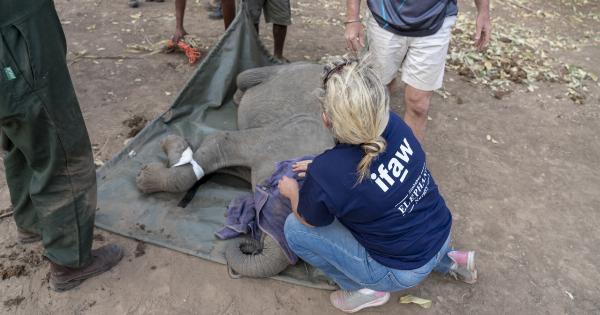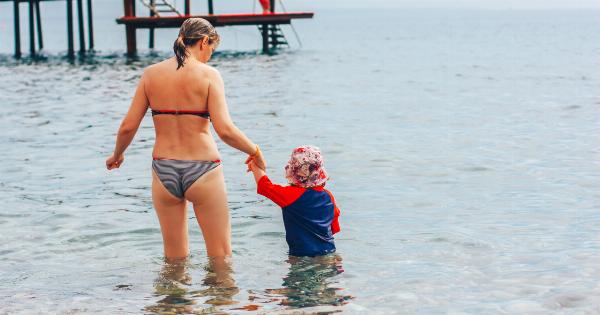There is one activity that stands out as the true hero when it comes to saving lives. Every year, this activity is responsible for saving the lives of over 200,000 people worldwide. It is an incredible feat and yet, not many people are aware of it.
This activity is none other than….
Swimming
Swimming has long been known for its numerous health benefits, but its life-saving capabilities are often overlooked.
In fact, swimming is not just a leisure activity or a competitive sport, but a vital skill that has the power to prevent drowning and save lives. Let’s dive into the reasons why swimming is such a critical activity for water safety.
The Importance of Learning to Swim
Learning to swim is often considered a rite of passage for children, but it is much more than that.
The ability to swim not only allows individuals to enjoy water-based activities safely, but it also equips them with essential skills to survive in water emergencies. Here are some key reasons why learning to swim is crucial:.
1. Drowning Prevention
Drowning is a global public health issue that claims the lives of more than 360,000 people annually. It is the third leading cause of unintentional injury death worldwide. However, swimming skills significantly reduce the risk of drowning.
According to a study published in the International Journal of Aquatic Research and Education, formal swimming lessons can reduce the likelihood of drowning by 88% in children aged 1-4 years. Teaching children how to swim at an early age can be a life-saving intervention.
2. Water Safety Knowledge
Learning to swim goes hand in hand with acquiring important water safety knowledge. Swim lessons often include education on recognizing hazards, understanding currents, performing basic rescues, and knowing when and how to seek help.
This knowledge empowers individuals to make safer choices in and around water, further reducing the risk of accidents and potential fatalities.
3. Building Confidence and Physical Fitness
Swimming is not just about safety – it also offers a myriad of physical and mental benefits. Regular swimming sessions improve cardiovascular health, muscle strength, and flexibility.
Additionally, swimming is a low-impact exercise that is gentle on joints, making it accessible to people of various ages and fitness levels. By engaging in swimming, individuals can build confidence in their own abilities while staying active and healthy.
4. Emergency Preparedness
Swimming skills are essential in emergency situations, especially those involving water.
Whether it’s being prepared for unforeseen circumstances such as floods or simply being able to help someone in distress, knowing how to swim can make a huge difference in critical moments. By being confident in the water, individuals can act as first responders and assist in rescue efforts, potentially saving lives.
Swimming Programs and Initiatives
Recognizing the life-saving potential of swimming, many organizations and initiatives have been established to promote water safety and teach swimming skills. Here are a few notable examples:.
1. Swim for Life Foundation
The Swim for Life Foundation is a non-profit organization dedicated to preventing childhood drowning through free swim lessons and water safety education.
They offer swimming programs targeted at at-risk communities, teaching children and adults how to swim and stay safe in and around water.
2. Red Cross Swimming and Water Safety Program
The American Red Cross has long been at the forefront of promoting water safety. Their Swimming and Water Safety Program offers comprehensive classes for all age groups, focusing on swimming skills, water safety techniques, and lifeguard training.
The program equips individuals with the knowledge and skills to prevent water-related accidents and respond effectively in emergencies.
3. International Swimming Hall of Fame (ISHOF)
The International Swimming Hall of Fame (ISHOF) not only celebrates the achievements of outstanding swimmers but also serves as an advocate for drowning prevention.
ISHOF promotes water safety awareness, offers scholarships for swimming lessons, and supports programs that aim to teach swimming to individuals who may not have access to formal lessons.
4. Swim Safe
Swim Safe is a UK-based initiative that provides free outdoor swimming and water safety lessons for children aged 7-14.
Run by Swim England and the Royal National Lifeboat Institution (RNLI), the program combines classroom learning with in-water instruction, teaching children how to stay safe and have fun in open water environments.
Conclusion
Swimming is an activity that goes beyond leisure and competition. Its ability to save lives cannot be understated, with over 200,000 lives being saved each year thanks to the skills and knowledge acquired through swimming.
By learning to swim and promoting water safety, we can continue to reduce drowning incidents and create a safer aquatic environment for everyone.































